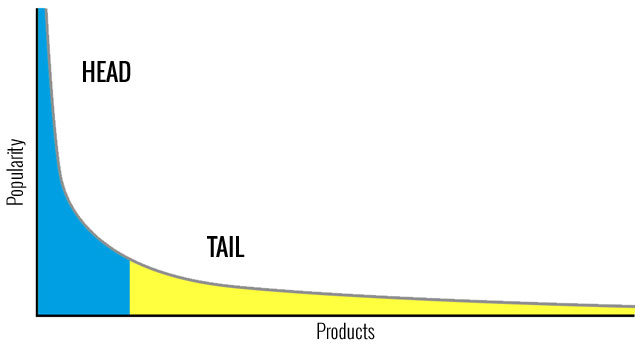
In my previous post wrote about marketing being like a target with circles enclosing other circles until you reach the bullseye. - Or being perhaps like the earth with its layers ranging from the crust right down to the inner core. The bullseye/inner core being keywords (really, key phrases) that search engines use to find relevant results.
There are several important things we need to keep in mind about these key phrases.
The first thing is that they reflect two attributes of the user's search - topic, and intent. The topic part is not hard to grasp - if I want to find out about poetry, I'll key in “poetry” or “poems” etc. If it's about cars - guess what it will be. Etc., etc.
The second thing is perhaps more subtle. I may want to look at someone's travel blog; or else I want to travel and make bookings for it. Both are about “travel”. But the intent is different. If I want to book a trip to Paris and pages of historical journeys come up, I won't be pleased. I may get annoyed and then key in something more specific to my intent. So it's important to use key phrases that are specific not only about the topic but also intent.
And there is something more about intent. When looking to buy something, there is a process which the customer goes through (often called the Buying Cycle and I hope to come back to this in another post). In brief, when interested in purchasing something people will talk to their friends and maybe do a little research. As they get clearer in what they are looking for, they will start to more seriously consider and compare specific options. It is at about this point they will approach retail outlets and enquire about the specific product they have decided to buy. And, finally, they may have follow-up or after-service enquiries.
Each of these stages in the buying cycle need to be taken into account, as you consider who you want to target, and what you expect them to be keying in to search.
There is a term SEO people use for this: it's called “long-tail keywords”. The term comes from a statistical graph mapping the amounts of searches on keywords. Up at the front, the general terms will get input many times (say, “travel”) but because they usually tend to be too vague they are not very useful. The more specific the searches get: “travel to paris” - “book travel to Paris in May” - ... the less number BUT more useful. But because the volume decreases as each search becomes more specific, the graph starts to look like a long tail.
"Long-tail keywords" are gold to the SEO professional.
But, we need to look at something that appears to contradict everything I've said! It's this ...
It's not about the keywords!
- What am I talking about? ... More in my next post on Keywords - Intelligent Searches.
